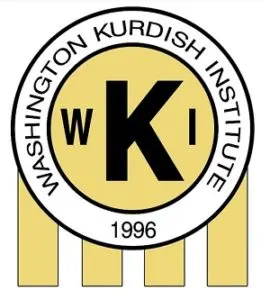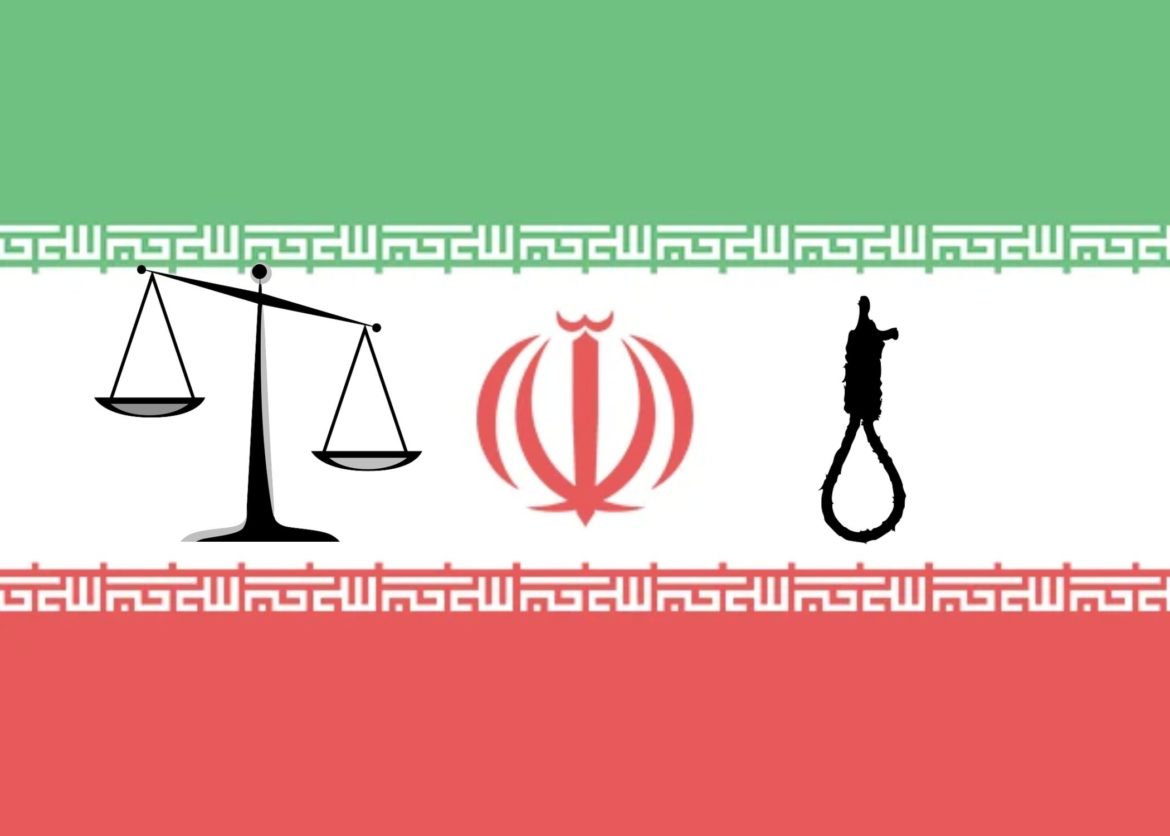Washington Kurdish Institute
By: Jean-Philippe Beaudet January 19, 2023
On January 7th, 2023 the Islamic Republic of Iran executed protesters Mohammad Mehdi Karami and Seyed Mohammad Hosseini for the offense of efsad-fil-arz (corruption on earth). “Corruption on earth” stands alongside “waging war against God” and “political dissidence” as capital crimes that the Iranian regime has prosecuted protesters for since protests erupted in September 2022. Those protests were started, of course, after Zina “Mahsa” Amini was killed while in state custody for refusal to properly wear her hijab in public.
Karami, Hosseini, and Zina Amini are three high-profile cases that display the callousness of the Iranian regime, but they are only the tip of the iceberg when we investigate the regime’s track record more fully. Iran conducts the most executions per capita in the world. “Revolutionary Courts” are widely condemned as conducting sham-hearings directly aimed at quelling dissent and intimidating the population, while many prisoners (in the context of the Amini Protests, these individuals are often arrested for nonviolent offenses) suffer further abuse at the hands of the Revolutionary Guard, “Morality Police”, and plain-clothes officers intended to stifle calls for justice across the country.
Since the uprising began on September 17th of last year, human rights groups have attempted to track and record the Iranian government’s treatment of protesters in and out of custody. Given the opacity of the Iranian regime and its tendency to produce disinformation when pushed for narratives and statistics in these cases, the information is necessarily incomplete. The Human Rights Activists News Agency (HRANA), however, has compiled a nearly comprehensive report. By the numbers, between September 17, 2022, and January 8, 2023:
These numbers fail to adequately display the cruelty that has accompanied the government crackdown on dissent. Amnesty International has reported on leaked internal memos circulated by the Iranian government instructing police to “severely confront…troublemakers and anti-revolutionaries” and “to confront mercilessly and while going as far as causing deaths any unrest by rioters and anti-Revolutionaries.” These instructions support eye-witness testimony regarding police brutality, including use of live ammunition fired both intentionally and indiscriminately towards crowds of protesters. CNN’s investigative reporting has uncovered widespread application of organized sexual assault of women and girls – some as young as 13 – while in pretrial detention awaiting hearings. In some cases, male prisoners who tried to protect female prisoners from these assaults were beaten by multiple guards to prevent their interference. These are not isolated claims. Due to the widespread application of extrajudicial punishment, it’s reasonable to conclude that it is state policy to torture and disappear suspects after their arrest and while in pre-trial detention. The report highlights accounts from a location in the Eslamabad neighborhood of Urmia, a city within the loose boundaries of Rojhelat containing a sizable Kurdish population, but their investigation highlights a dozen other police facilities within Rojhelat where similar atrocities are alleged to have occurred.
Neither popular dissatisfaction nor state repression are felt equally across the territory of Iran. Recent protests have spanned the nation, but have garnered both outsized participation and government resistance within Iran’s Kurdish region. The Iranian regime has long claimed that its ‘revolutionary’ character contributes to a remaking of the concept of demographic difference, eschewing ethnicity as a meaningful characteristic in favor of a people united under Islam. This argument is farcical. We have written extensively on Iranian Kurds’ bids for recognition and autonomy – a struggle that has periodically sparked armed uprisings and sought independence from the regime. Unquestionably, Kurdish identity – like Turkmen, Balochi, and Azeri identities within Iran – are important cultural and historical denominations that cannot easily be papered over in the name of revolutionary Islam.
While popular resistance has laid bare the lie of Iranian unity, the regime has attempted to cover up its crimes through obfuscation and production of fake news. Throughout HRANA’s 400+ page report, significant differences appear between official narratives surrounding protester deaths and eye-witness and victim accounts, testimony by medical professionals, and physical evidence leading to cause-of-death determinations in post-mortem analyses. Oftentimes, threats of violence or retribution are used to reinforce these fallacious narratives. While international observers try to separate fact from fiction on the ground, social media has also become a battleground of truth. IRIB News, an Iranian state-run outlet, has acted primarily as a propaganda wing for the regime and faced US State Dept sanctions as a result. Iran has denied that it is manipulating information and accused western agents of producing “fake news” to push their narratives. In November 2022 a viral meme claiming “Iran sentences 15,000 to death – as a ‘hard lesson’ for all rebels” was circulated by the general public across Western countries. Canadian PM Justin Trudeau complicated the situation by retweeting the claim. Accusations have been levied at the Iranian government for the creation of the meme, suggesting that they intended the information to go viral to legitimate their broader claims of “fake news” aimed at regime change. BBC reporters, however, tied the number to a poorly vetted Newsweek article that conflated arrests with death sentences in their reporting. Whether a mistake or intentional disinformation, claims like the “15,000 death sentences” remind us all that fact-checking is important, and the stakes are sky-high.
Recent protests remind us of Bloody Aban, when between 300 and 1500 protesters were killed – extrajudicially and after Revolutionary Court hearings – by the Iranian state in response to an uprising initially protesting gas price hikes and ultimately calling for a democratic transition in Iran. After a week of dedicated protest, followed by months of spillover clashes, the opposition was defeated. The Amini protests are different, though. Whether this topples the regime is an open question, and it’s likely that we will eventually see more limited gains than a wholesale reordering of Revolutionary Iran. Whatever outcome is reached, we must all clamor for justice. Justice for Zina “Mahsa” Amini. Justice for Rojhelat. Justice for Iran.

